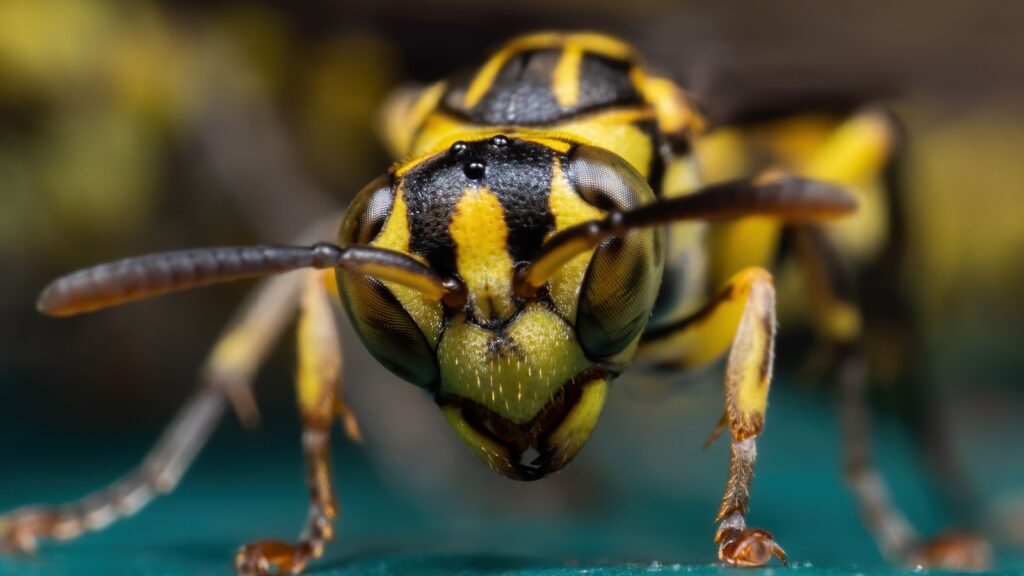Wasps are often seen as annoying pests, but these insects are fascinating creatures with surprising abilities. From their complex social structures to their important roles in ecosystems, wasps have much more to offer than just their painful stings. Let’s explore 24 incredible facts about wasps that might change how you see these misunderstood insects.
1. Not All Wasps Sting
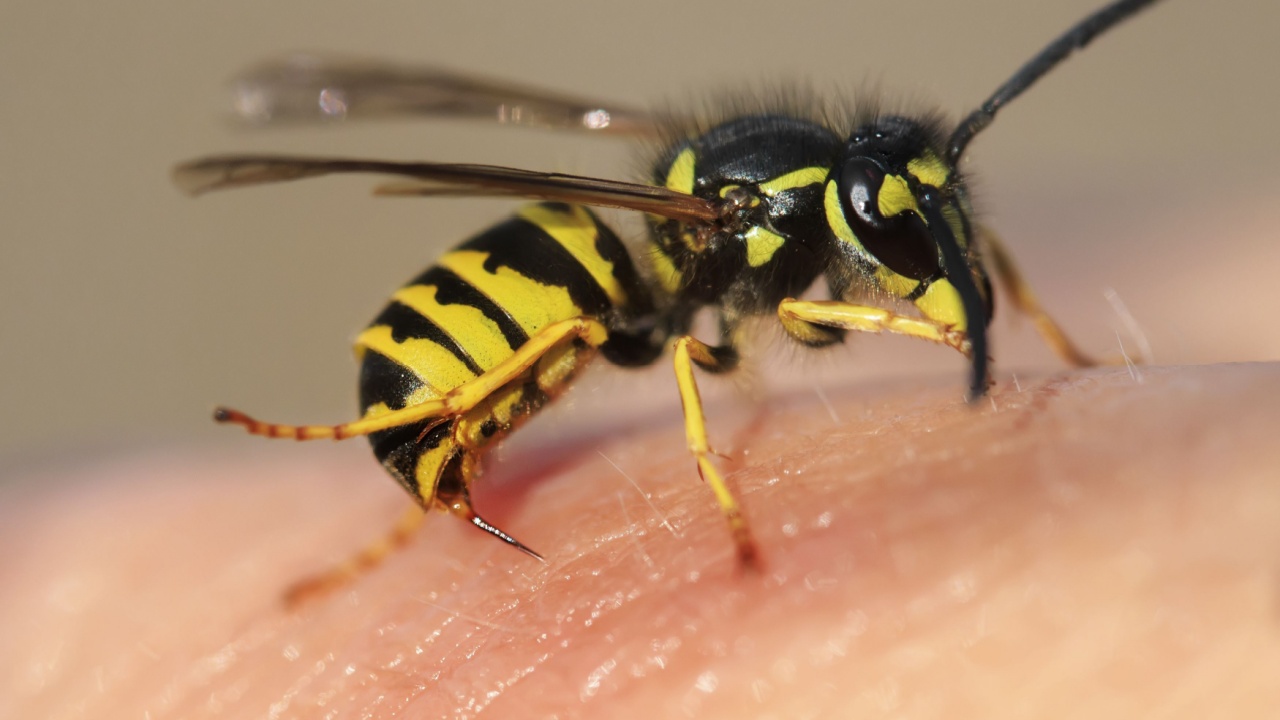
Contrary to popular belief, not all wasps can sting. Only female wasps have stingers, which are modified egg-laying organs. Many species of male wasps are completely harmless to humans. Some wasp species don’t have stingers at all, regardless of their sex.
2. Wasps Are Important Pollinators
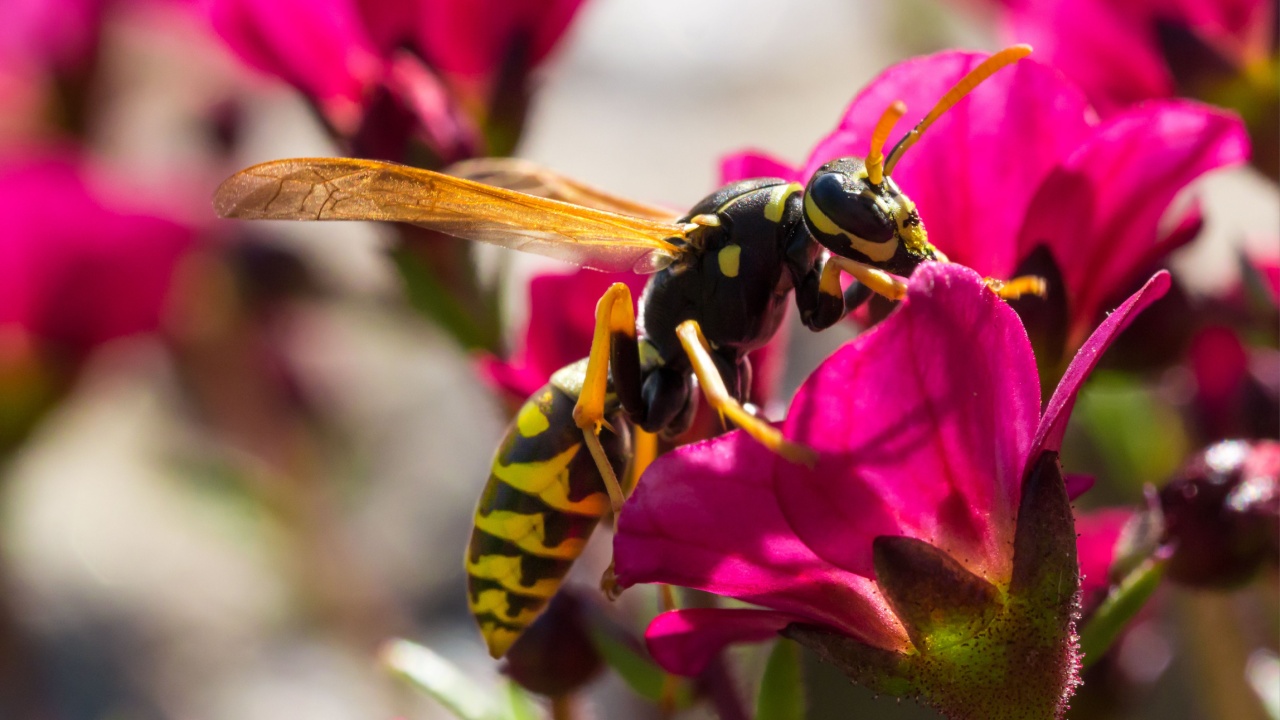
While bees get most of the credit, wasps are also valuable pollinators. They visit flowers to feed on nectar, picking up and transferring pollen in the process. Some plants, like figs, rely entirely on specific wasp species for pollination. Without wasps, many plants would struggle to reproduce.
3. There Are Over 30,000 Known Wasp Species
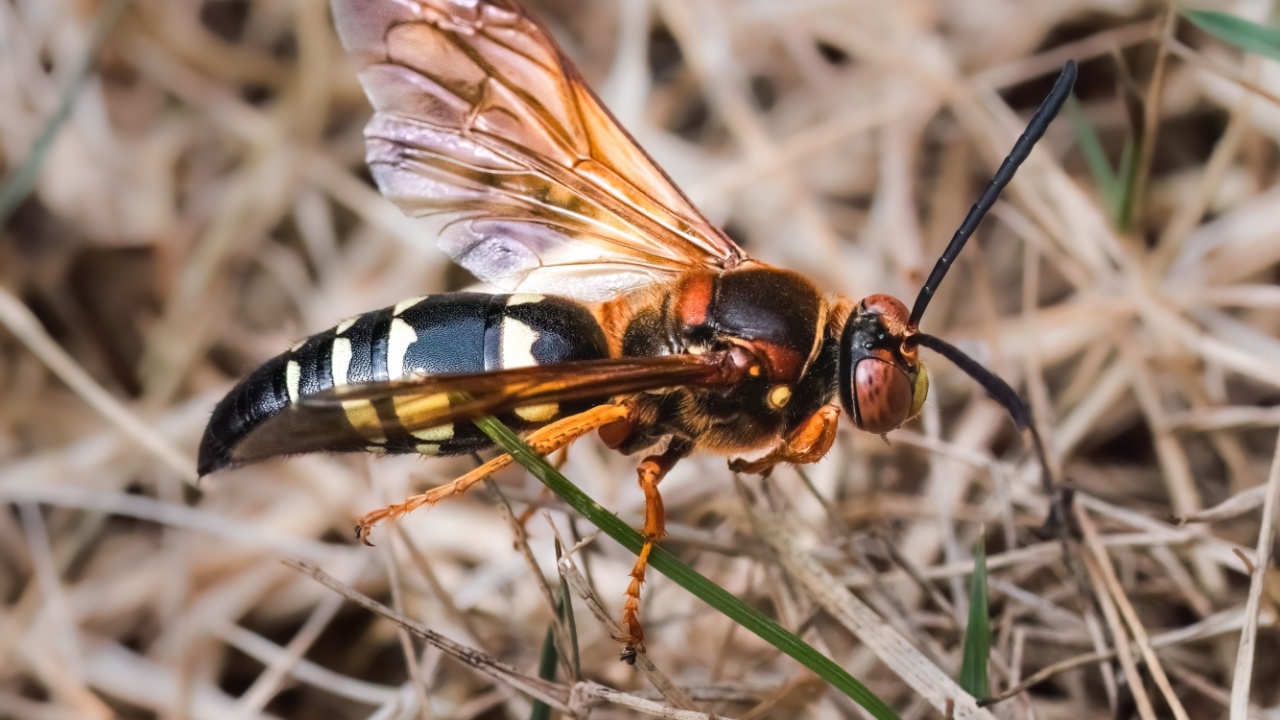
The wasp family is incredibly diverse. Scientists have identified more than 30,000 species of wasps worldwide, and they believe many more are yet to be discovered. These species range from tiny parasitic wasps smaller than a grain of rice to the giant Asian hornet, which can grow up to two inches long.
4. Some Wasps Are Social, Others Are Solitary
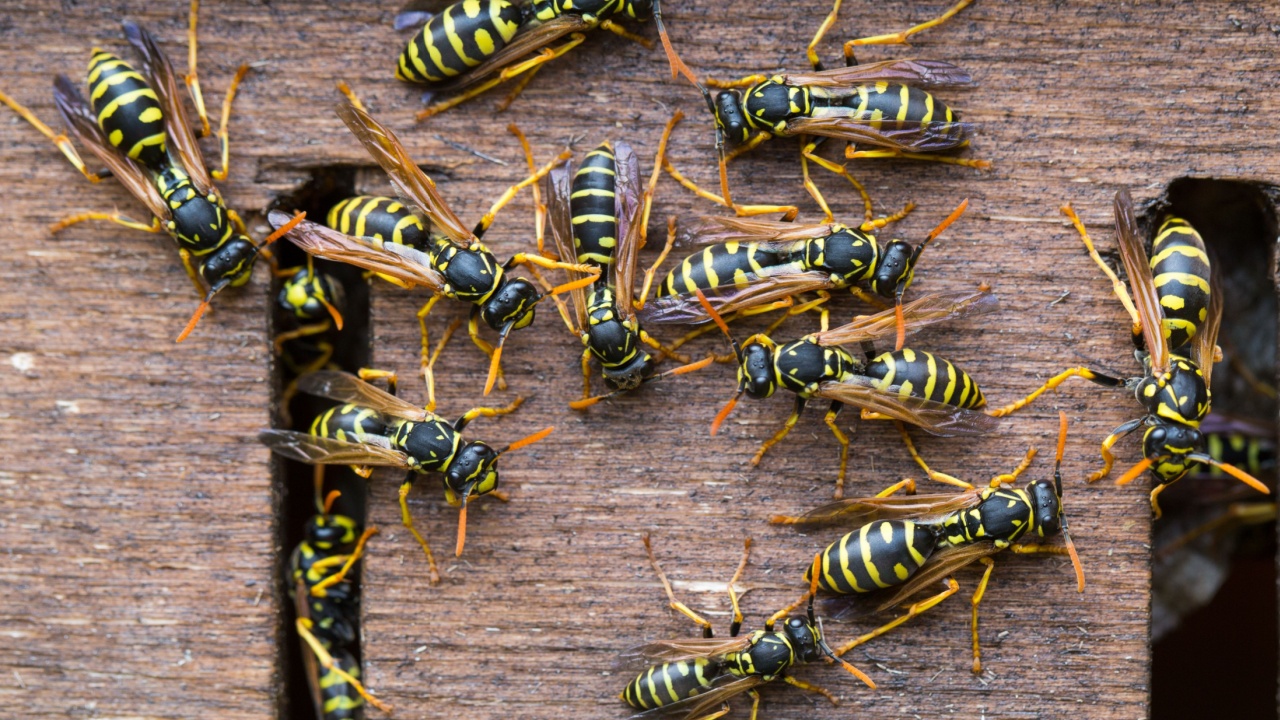
When most people think of wasps, they picture nests full of insects. However, many wasp species are solitary. These wasps live and work alone, only coming together to mate. Social wasps, like yellow jackets and paper wasps, live in colonies with complex hierarchies and division of labor.
5. Wasps Can Recognize Faces
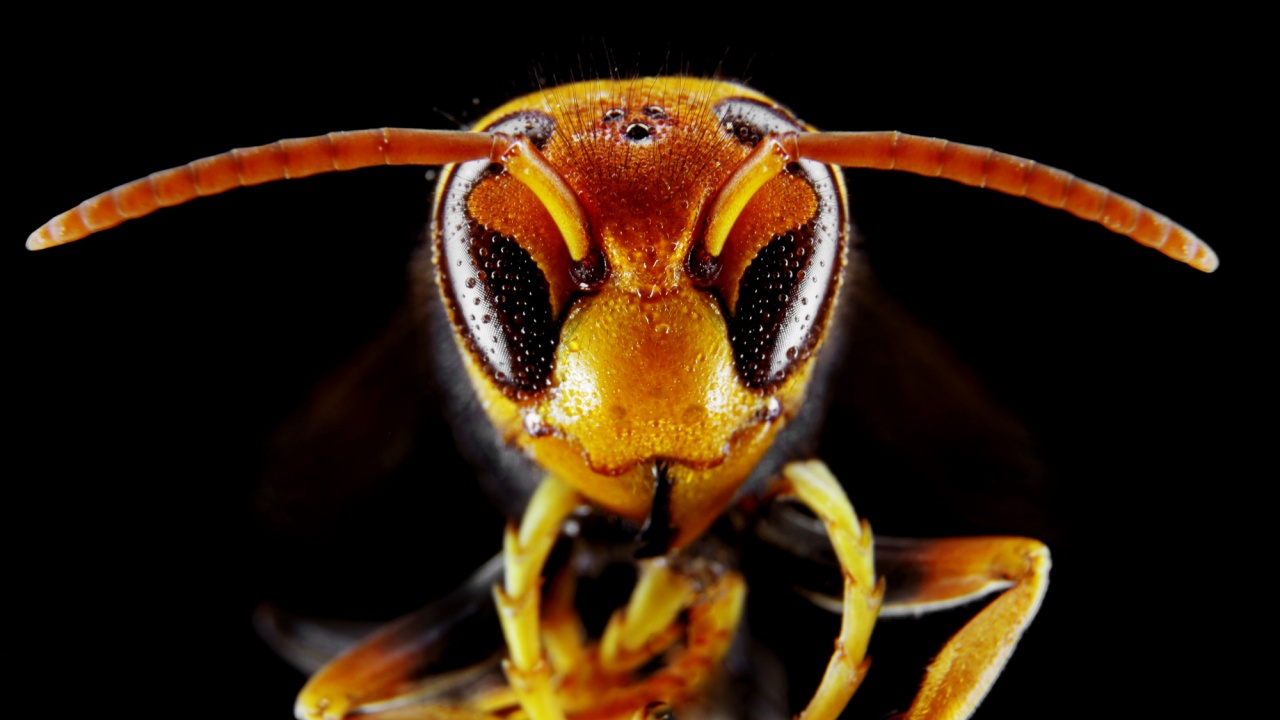
Recent studies have shown that some wasp species can recognize and remember individual faces. This ability helps them identify nest mates and potential threats. Wasps can remember and distinguish between different human faces, even when the faces are shown in photos.
6. Wasps Are Expert Paper Makers
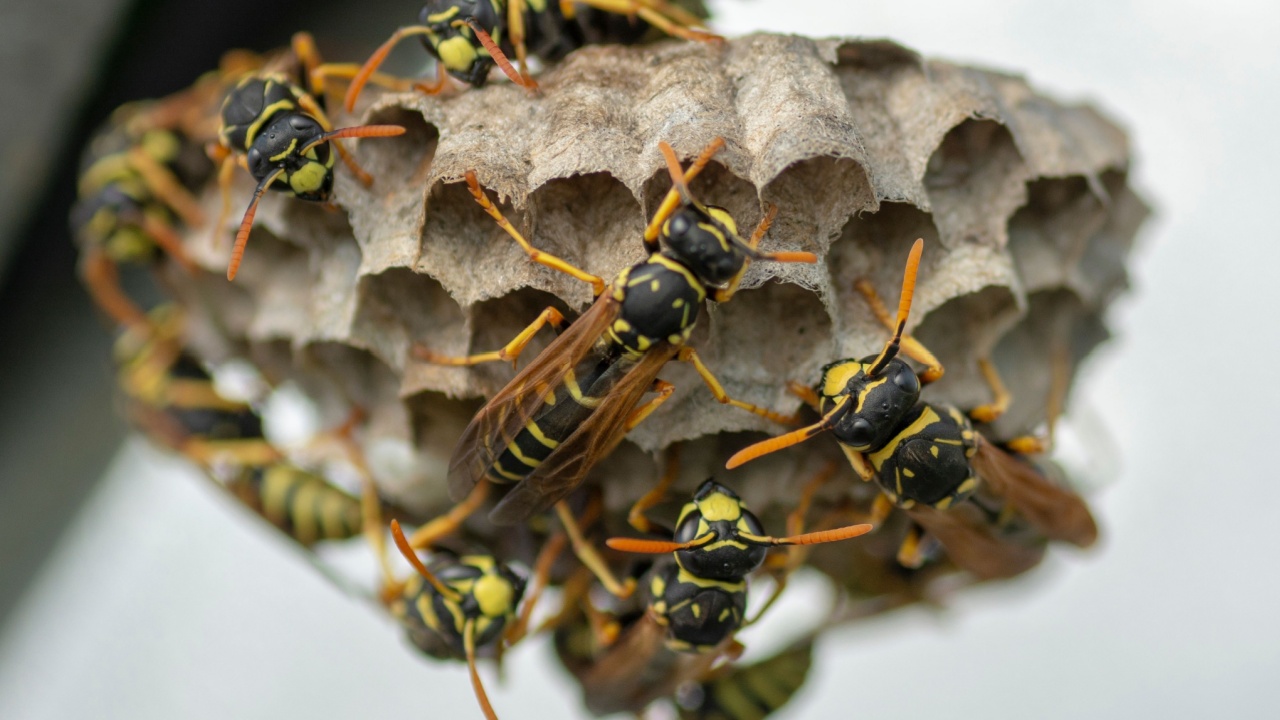
Many social wasp species build their nests out of paper. They create this paper by chewing wood fibers mixed with their saliva. The resulting material is surprisingly strong and water-resistant. Humans actually learned papermaking techniques by observing wasps.
7. Some Wasps Are Parasites
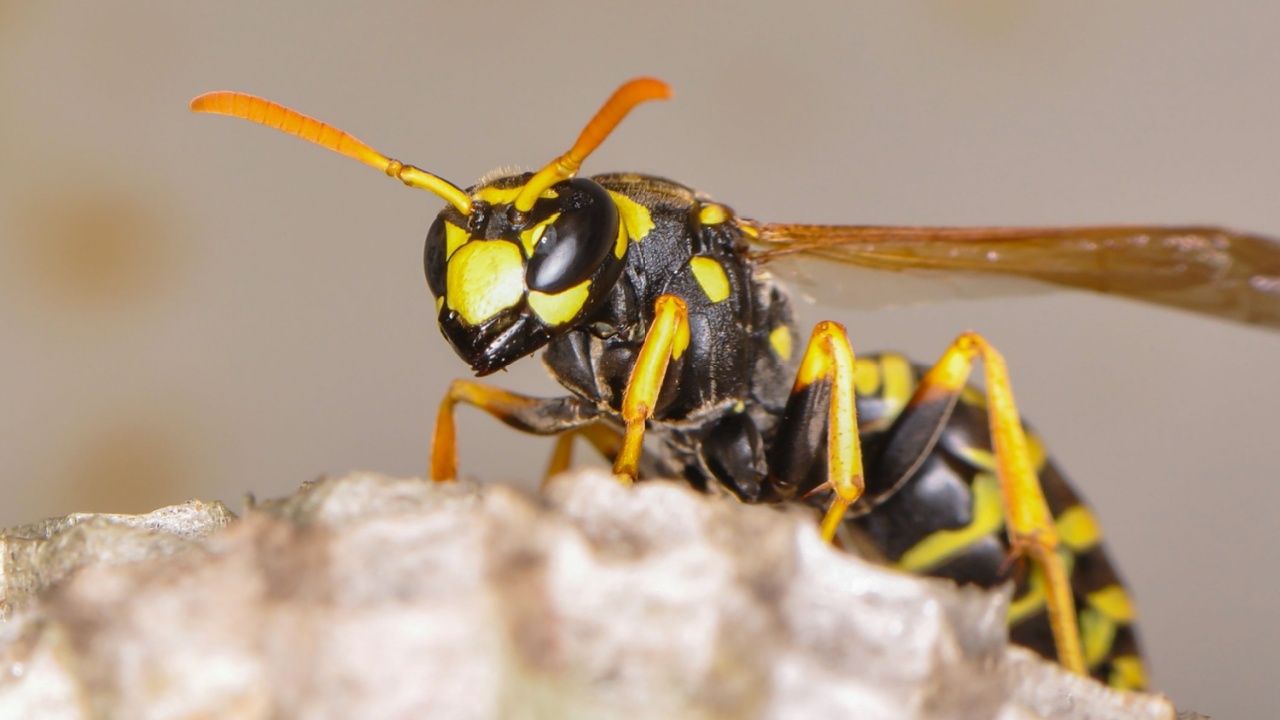
Many wasp species are parasites, laying their eggs inside other insects or spiders. When the eggs hatch, the wasp larvae eat their host from the inside out. While this may sound gruesome, parasitic wasps play a crucial role in controlling pest populations in agriculture and natural ecosystems.
8. Wasps Can Be Used in Medicine
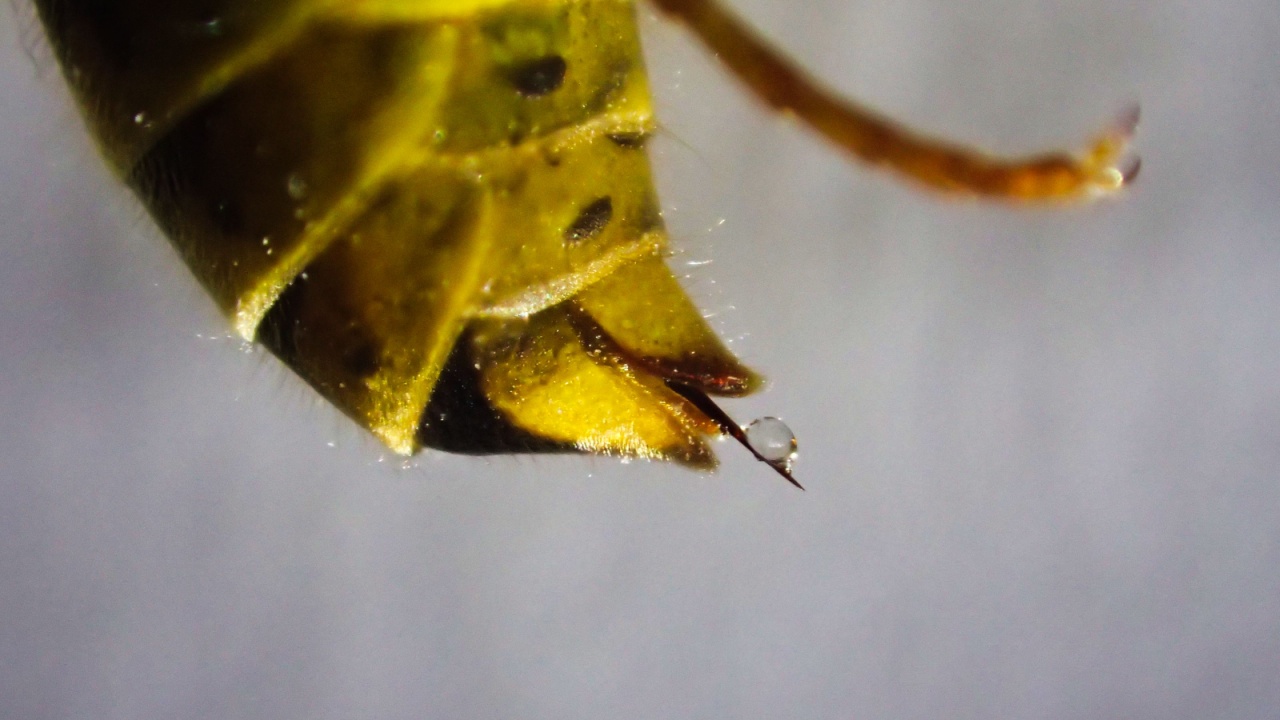
Believe it or not, wasp venom has potential medical applications. Scientists are studying compounds in wasp venom for possible use in treating cancer, killing harmful bacteria, and even reducing the effects of Parkinson’s disease. The venom’s pain-causing properties might also lead to new painkillers.
9. Wasps Are Ancient Creatures

Wasps have been around for a very long time. Fossil evidence suggests that wasps first appeared during the Jurassic period, about 200 million years ago. This means wasps were buzzing around long before the first flowers evolved and when dinosaurs still roamed the Earth.
10. Some Wasps Are Farmers
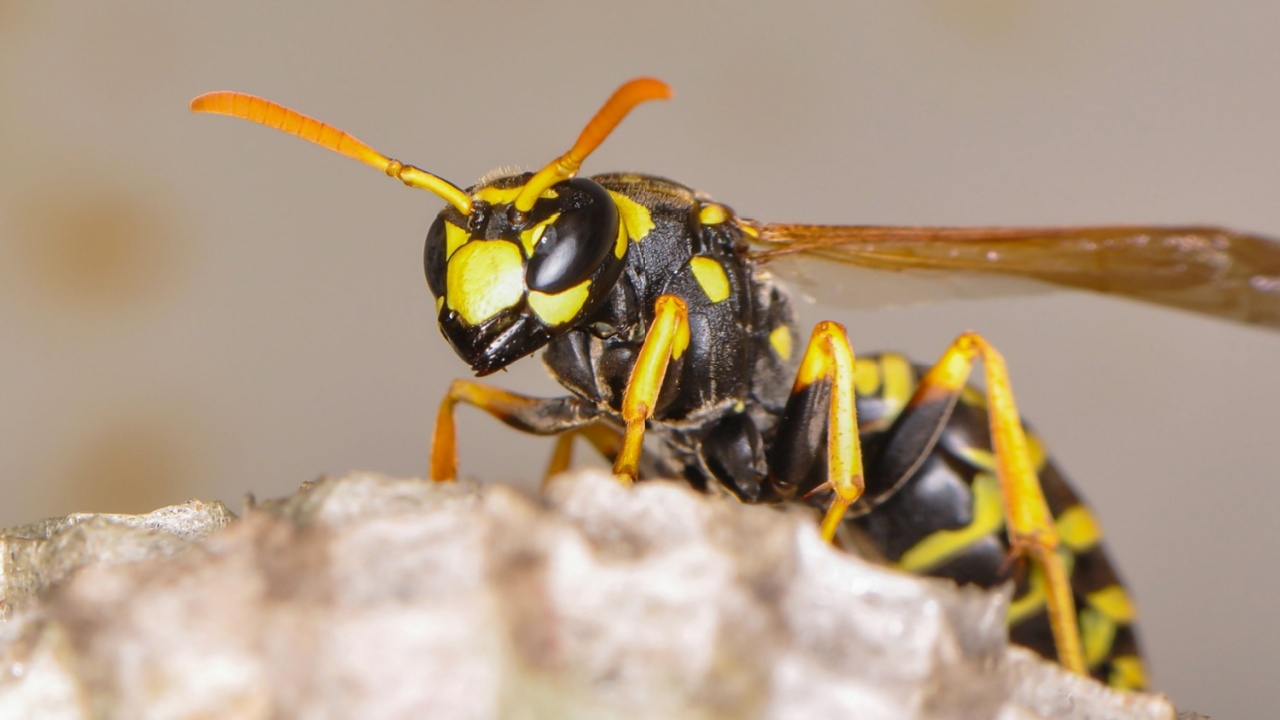
Certain species of wasps, like the European beewolf, practice a form of agriculture. These wasps cultivate bacteria in special glands and apply them to their larvae. The bacteria produce antibiotics that protect the developing wasps from harmful microbes. This is one of the earliest known examples of antibiotic use in nature.
11. Wasps Can Fly Backwards
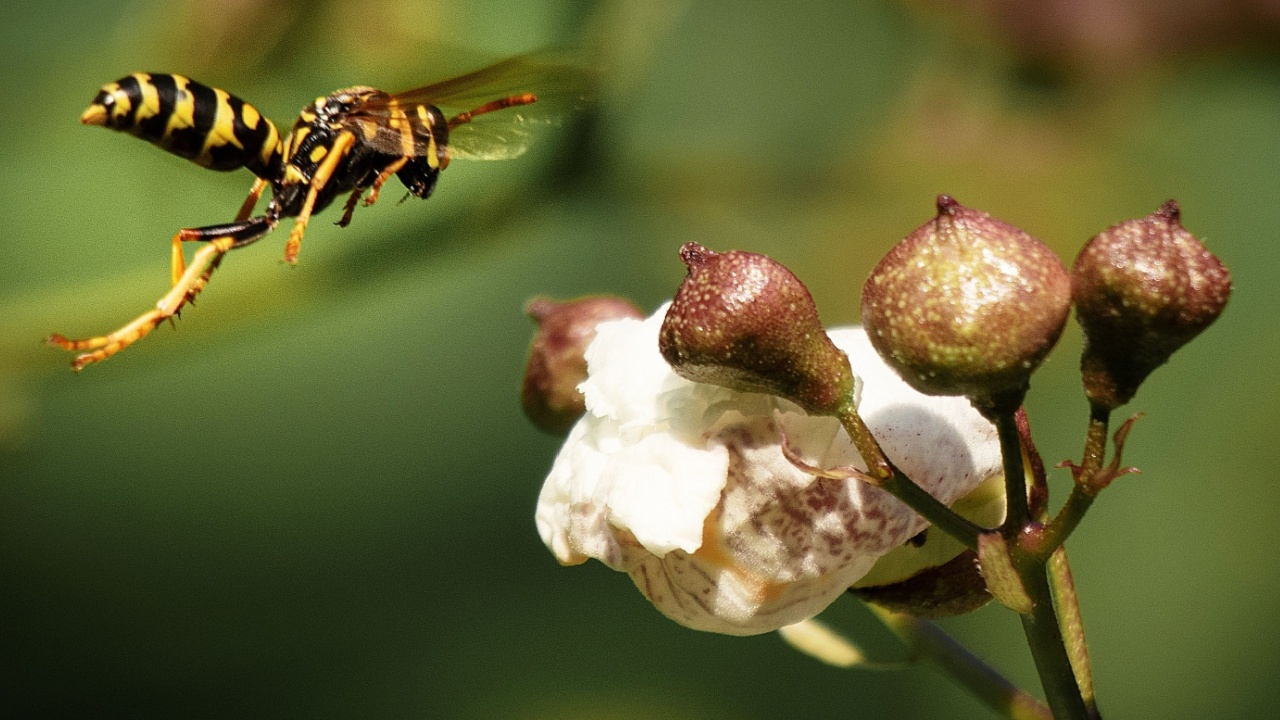
Unlike many flying insects, wasps have impressive flight capabilities. They can hover in place, fly sideways, and even fly backwards. This agility makes them excellent hunters and helps them navigate complex environments like dense forests or urban areas.
12. Some Wasps Are Nocturnal
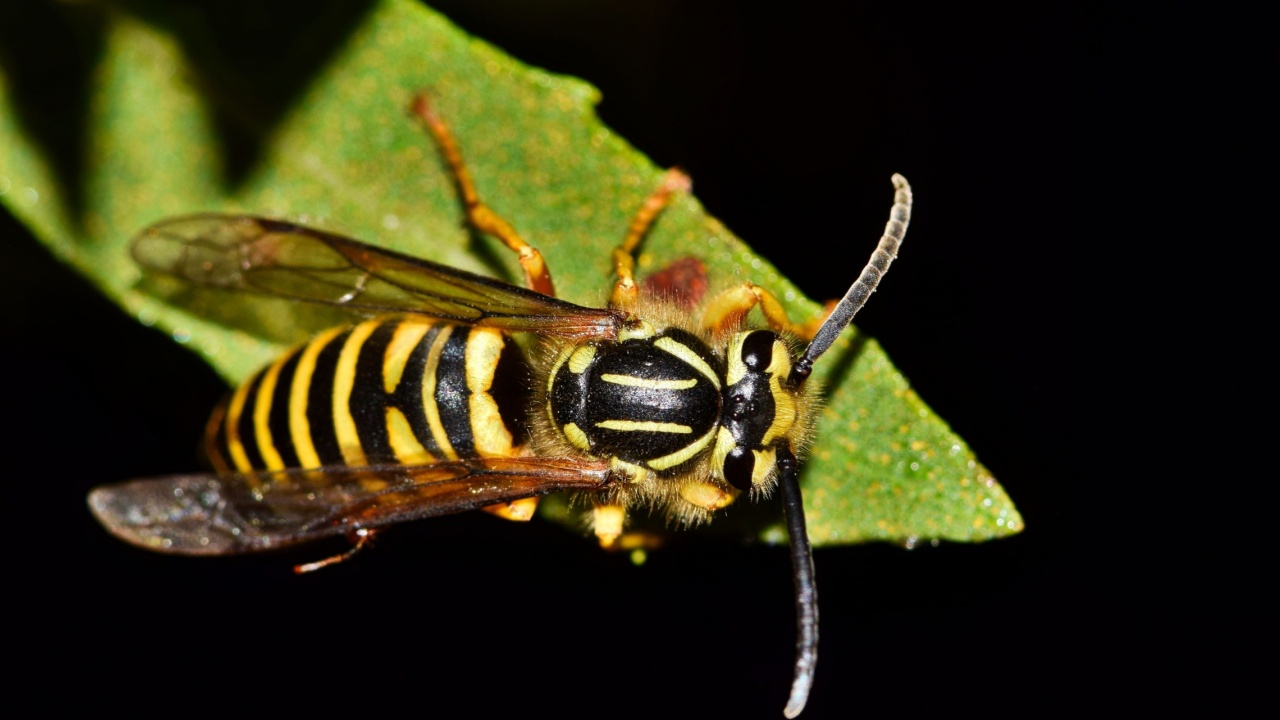
While most wasps are active during the day, some species are nocturnal. These night-loving wasps have larger eyes to help them see in low light conditions. Nocturnal wasps play important roles in pollinating night-blooming plants and controlling nighttime insect populations.
13. Wasps Have Built-in Sunglasses
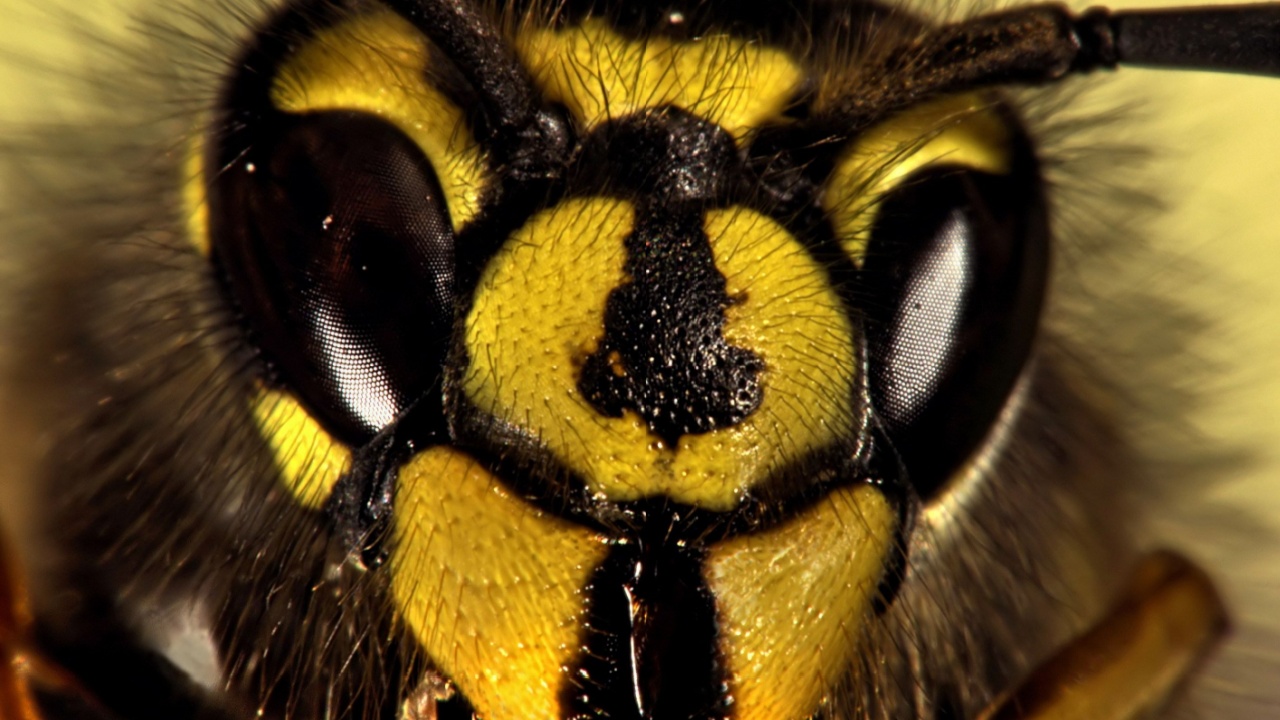
Many wasp species have a natural form of eye protection. Their compound eyes are covered with tiny hairs that help to reduce glare from the sun. This adaptation allows wasps to see clearly even in bright conditions, making them more effective hunters and foragers.
14. Wasps Can Be Colorful
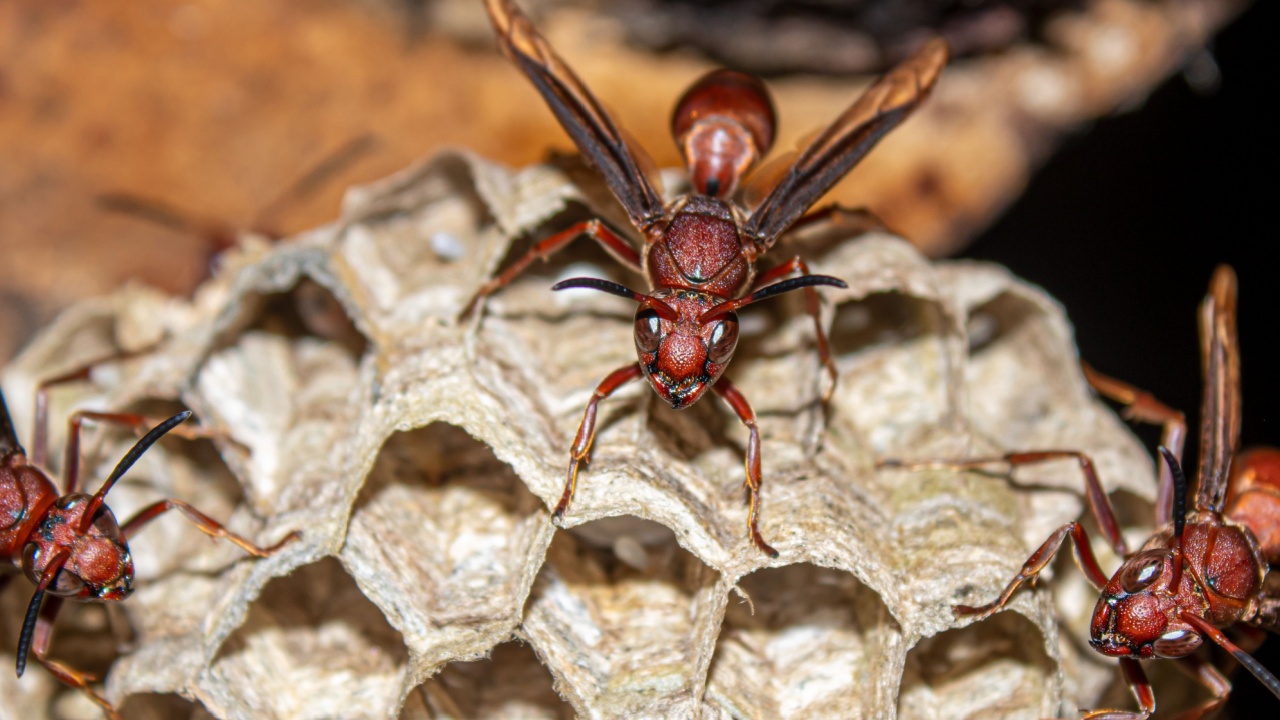
While many wasps sport the familiar yellow and black pattern, some species are surprisingly colorful. There are wasps with vibrant blues, greens, reds, and even metallic colors. These colors can serve as camouflage or warning signals to potential predators.
15. Some Wasps Are Tiny Zombiemakers
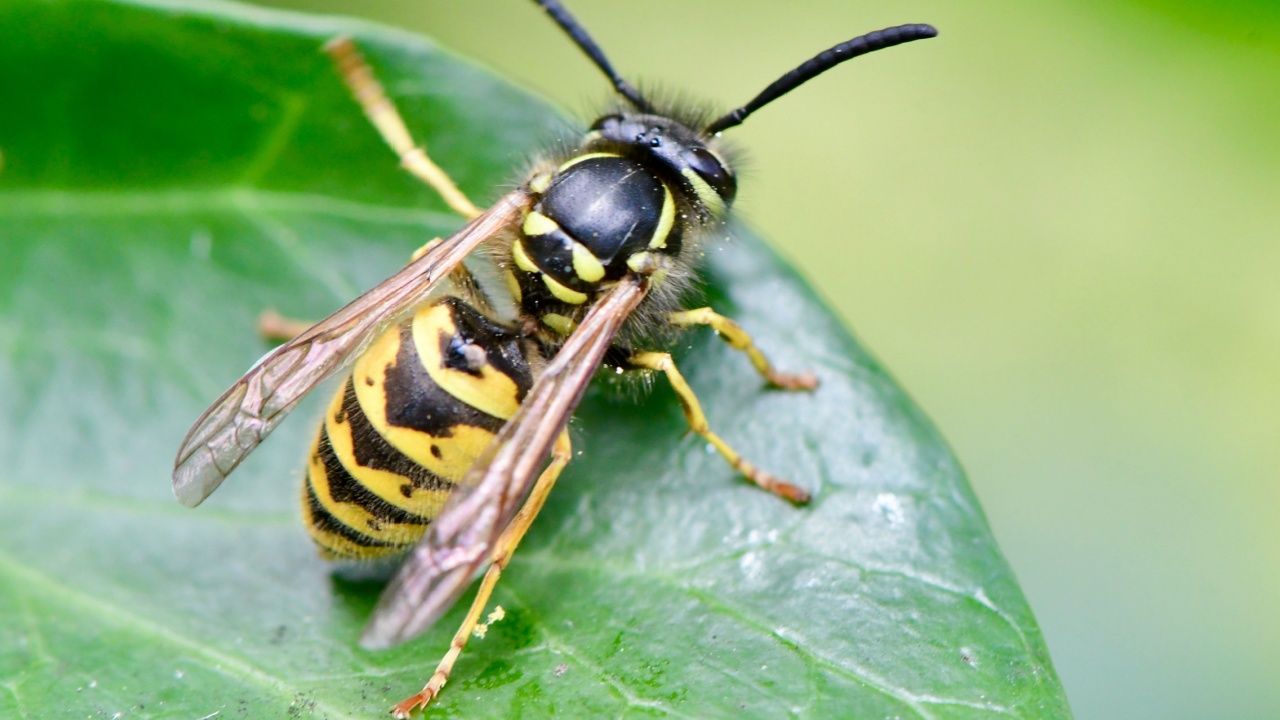
Certain parasitic wasps can turn their host insects into “zombies.” These wasps inject their eggs along with a cocktail of chemicals that alter the host’s behavior. The host then protects and cares for the wasp larvae, even at the cost of its own life.
16. Wasps Have Excellent Memory
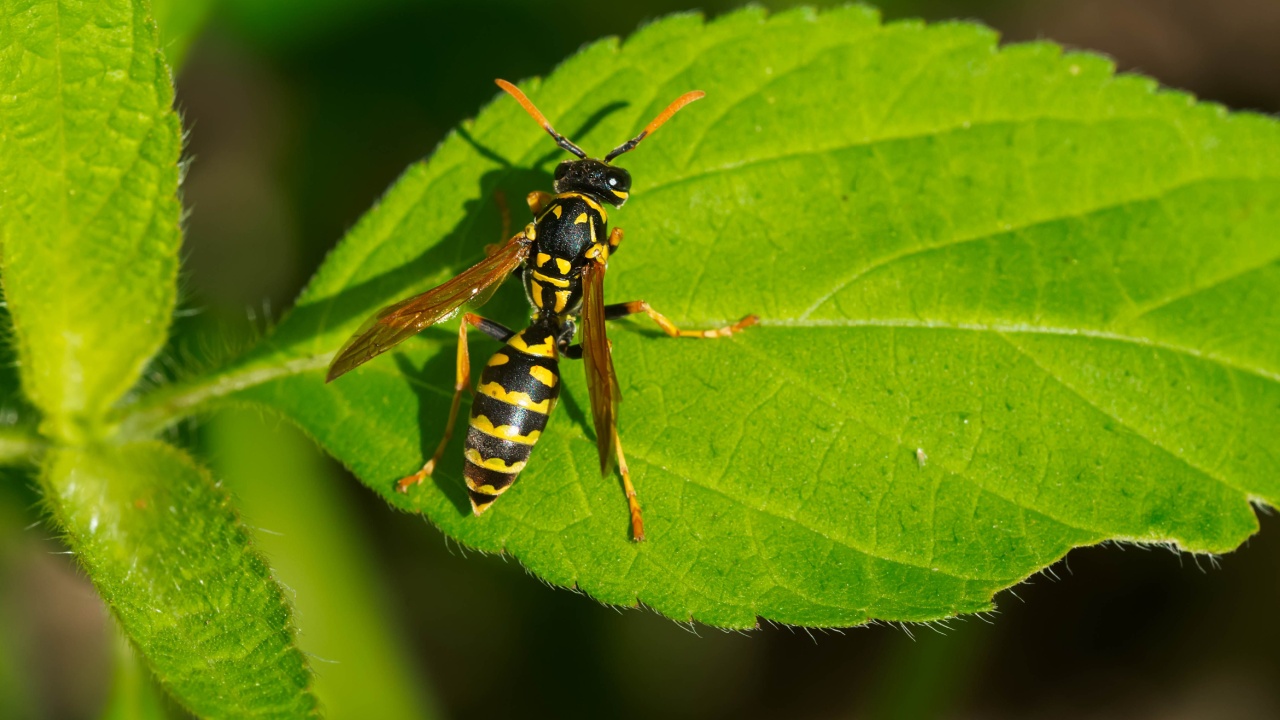
Wasps are capable of learning and remembering complex information. They can recall the locations of food sources, recognize individual nest mates, and even learn to associate certain colors or shapes with rewards. This cognitive ability helps them navigate their environment and respond to changes.
17. Some Wasps Are Metallic
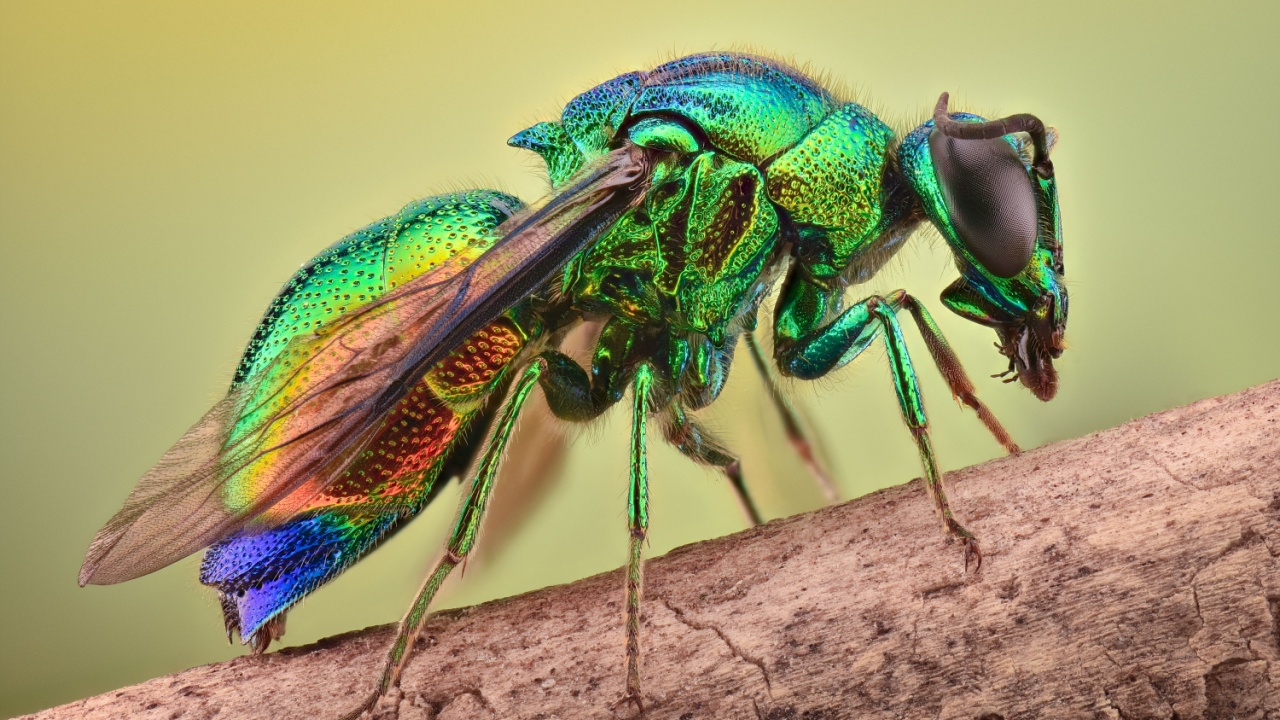
A group of wasps known as cuckoo wasps have metallic-looking exoskeletons. These wasps can appear green, blue, or even golden. The shimmering colors are created by the structure of their exoskeleton, which reflects light in a way that produces these metallic hues.
18. Wasps Can Drink Nectar Through Their Stingers
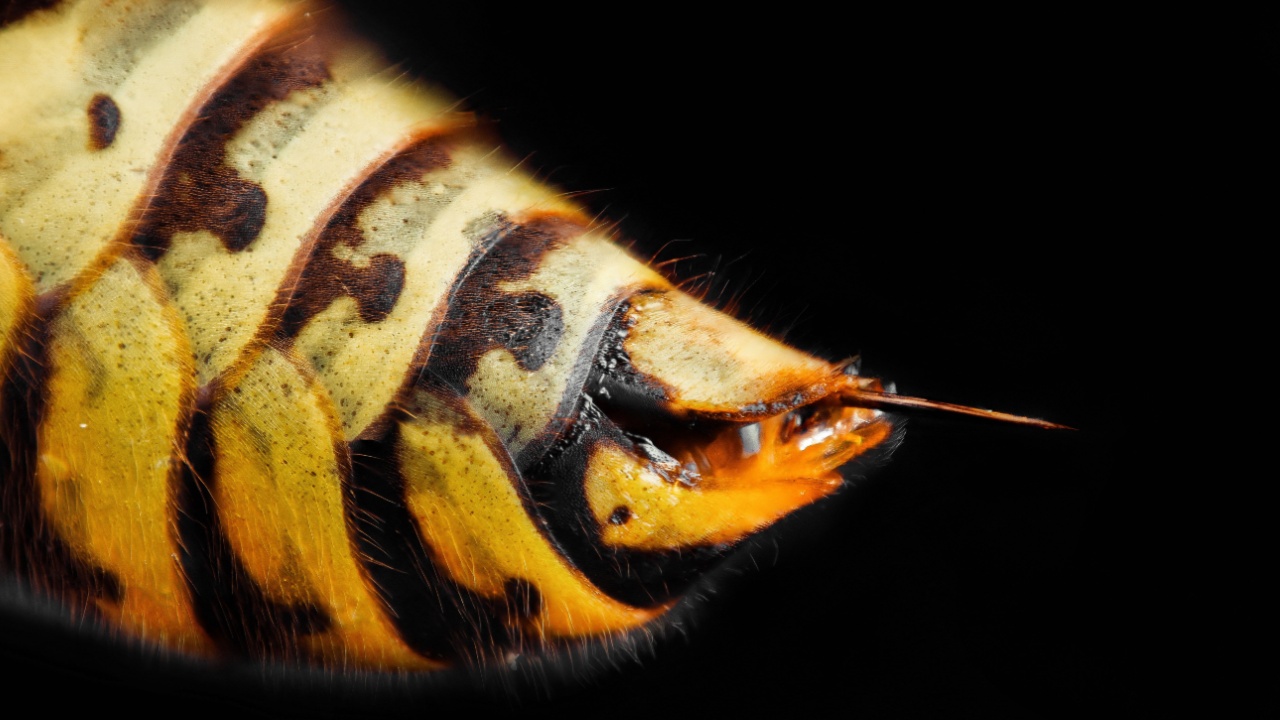
While wasps use their mandibles for chewing, they have another trick for drinking nectar. Some species can extend their stingers to sip nectar from flowers. This adaptation allows them to reach nectar in deep flowers that their mouthparts can’t access.
19. Some Wasps Are Master Architects
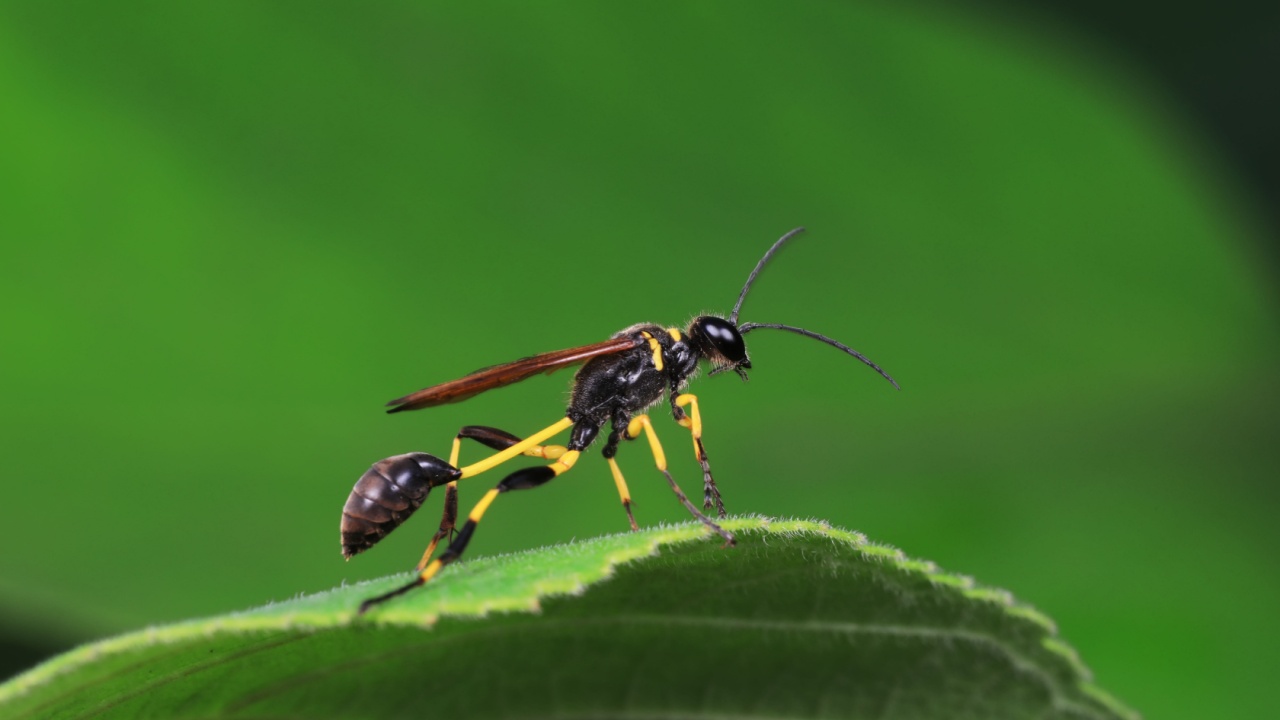
Certain wasp species build incredibly complex nests. The mud dauber wasp, for example, constructs intricate mud structures with multiple chambers. Other species create nests that can house thousands of individuals, with sophisticated ventilation systems and multiple levels.
20. Wasps Play a Role in Fig Production
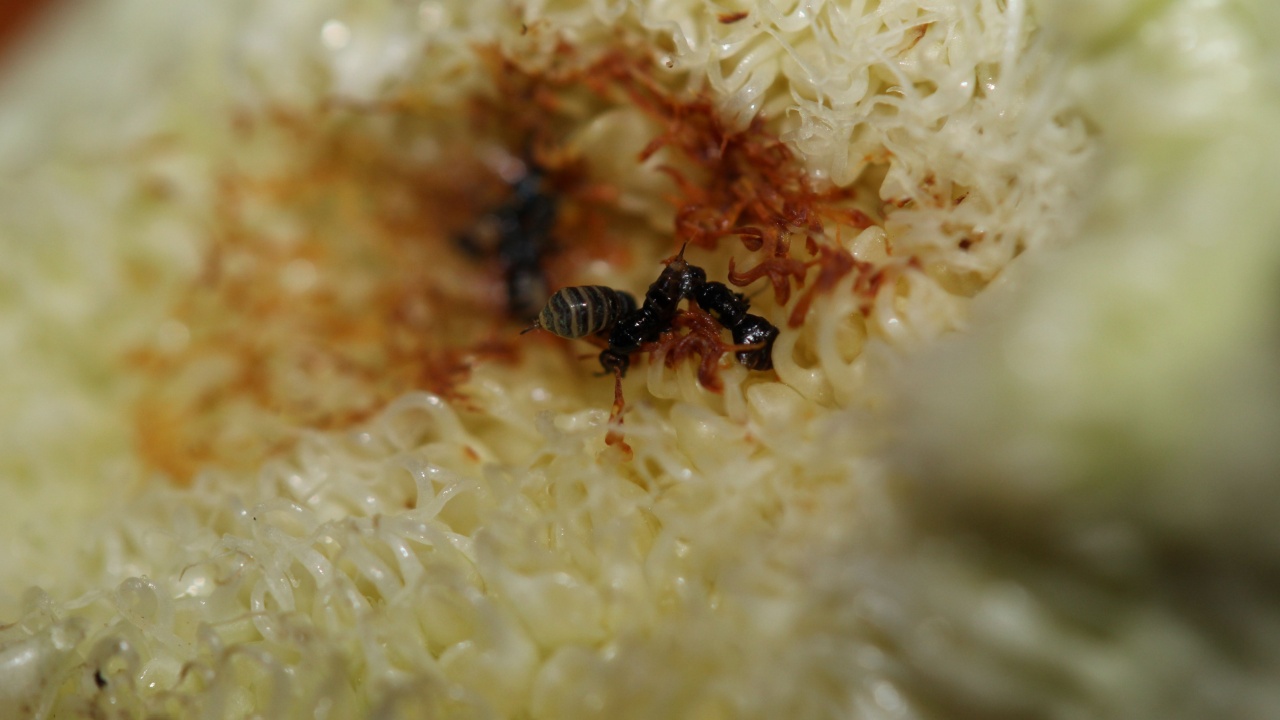
Fig wasps have a unique relationship with fig trees. Female wasps enter the fig fruit to lay their eggs, simultaneously pollinating the fig flowers inside. Without these wasps, many fig species couldn’t reproduce. This relationship is so specialized that each fig species typically has its own species of pollinating wasp.
21. Some Wasps Use Tools
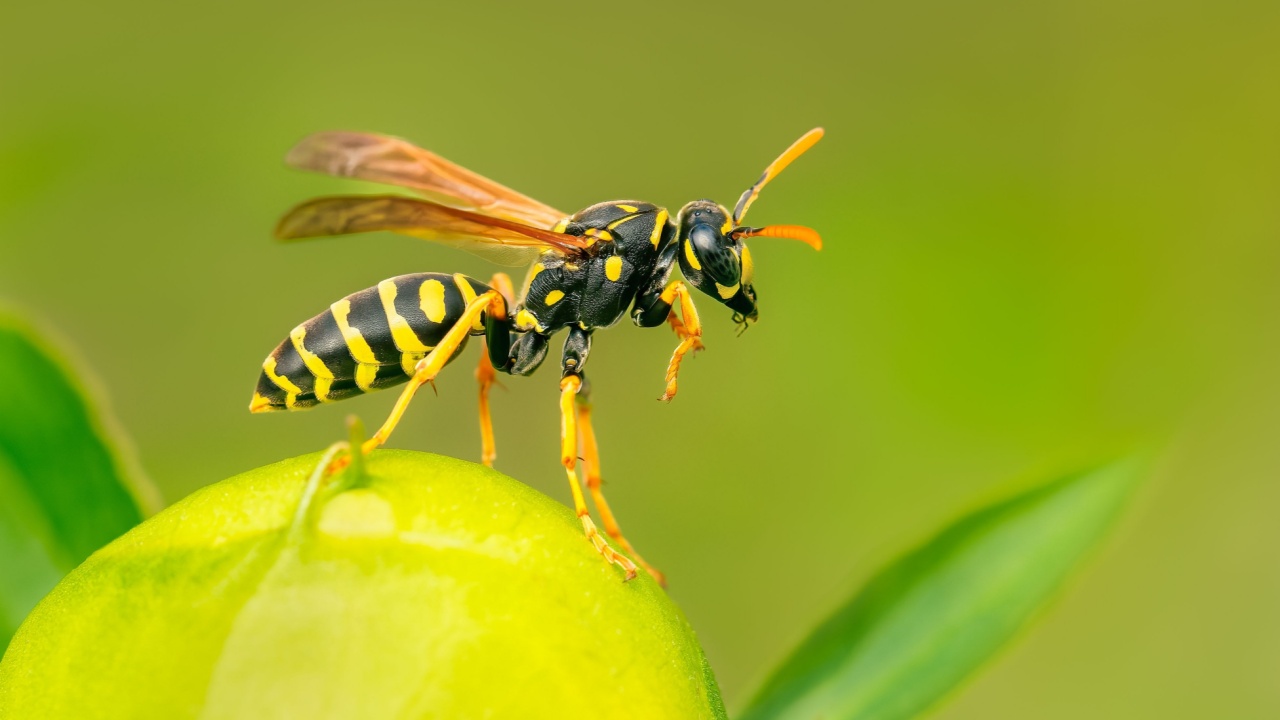
Researchers have observed certain wasp species using tools. For example, some wasps use small pebbles to pack mud into their nests. Others have been seen using twigs or plant fibers to spread secretions that repel ants from their nests. This tool use demonstrates a level of problem-solving ability.
22. Wasps Can Produce Honey
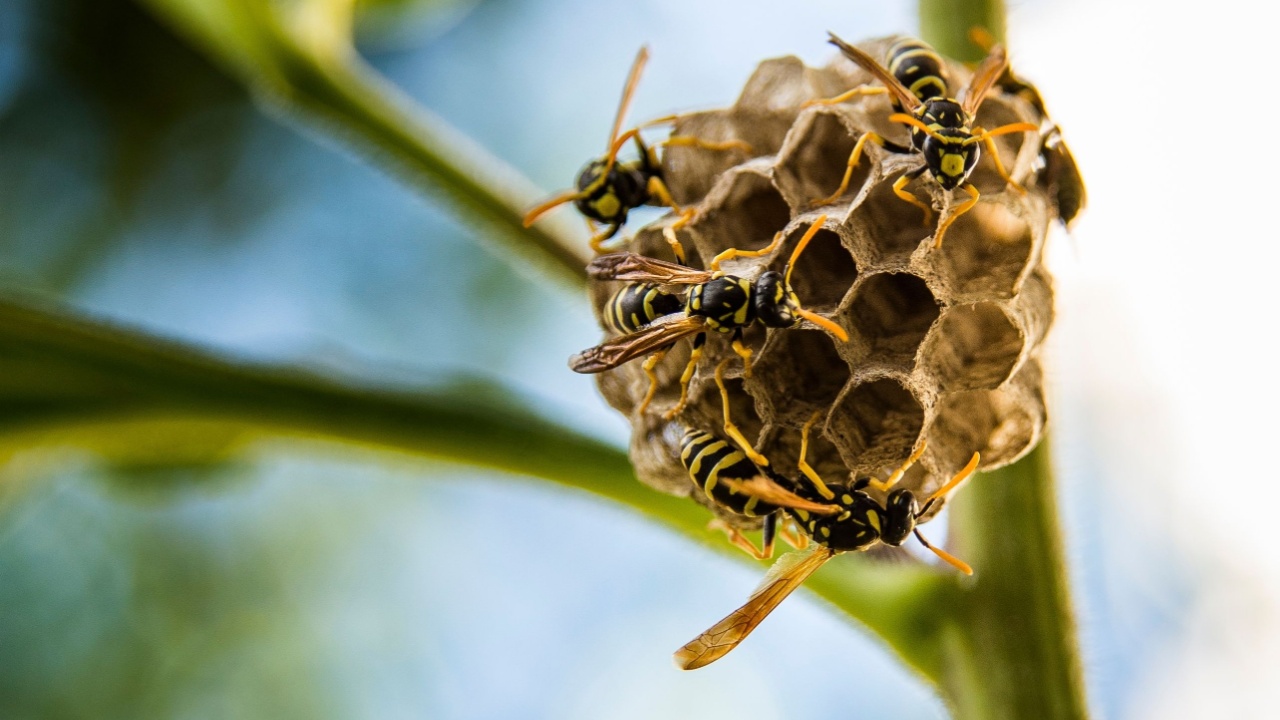
While not as common as in bees, some wasp species do produce honey. The Mexican honey wasp, for instance, creates and stores honey in its nest. Indigenous people in some regions have traditionally harvested this wasp honey, which is said to have a distinct and pleasant taste.
23. Wasps Have Complex Communication Systems
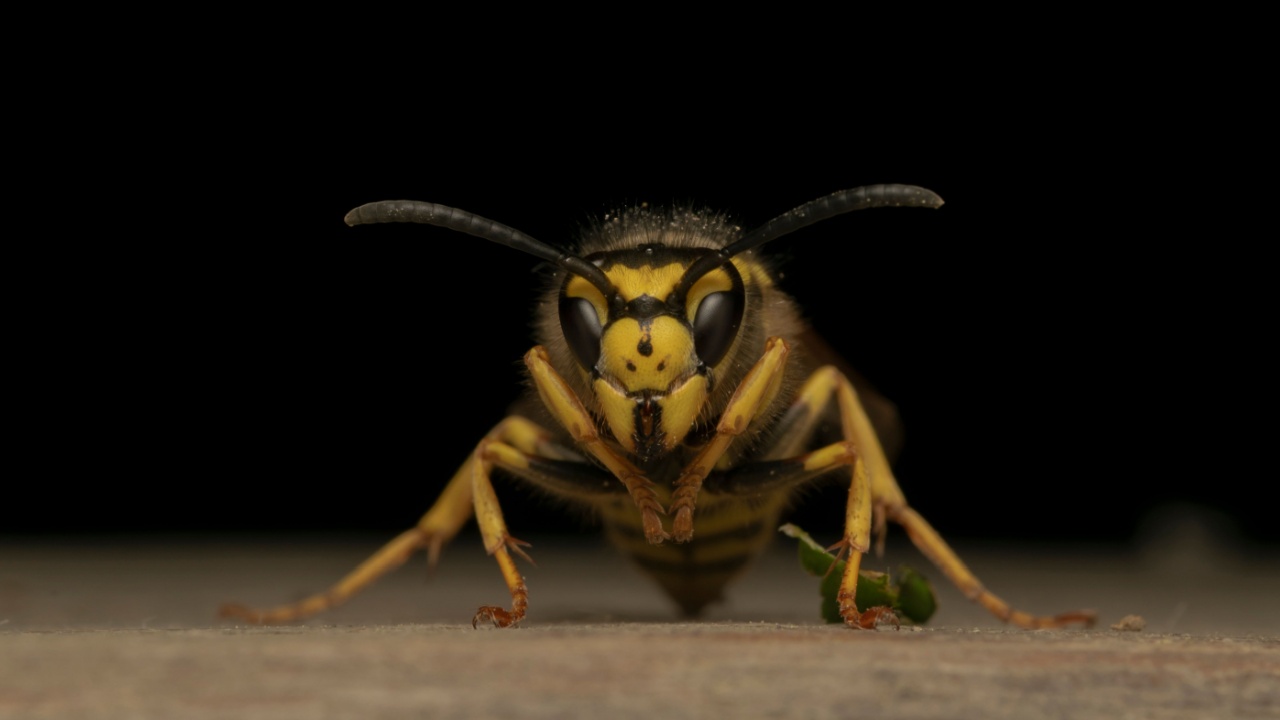
Social wasps communicate with each other using a variety of methods. They use pheromones to send chemical messages, vibrations to signal danger, and even a form of “drumming” on the nest surface to communicate. Some wasps also perform dances, similar to bees, to indicate the location of food sources.
24. Wasps Are Natural Pest Controllers
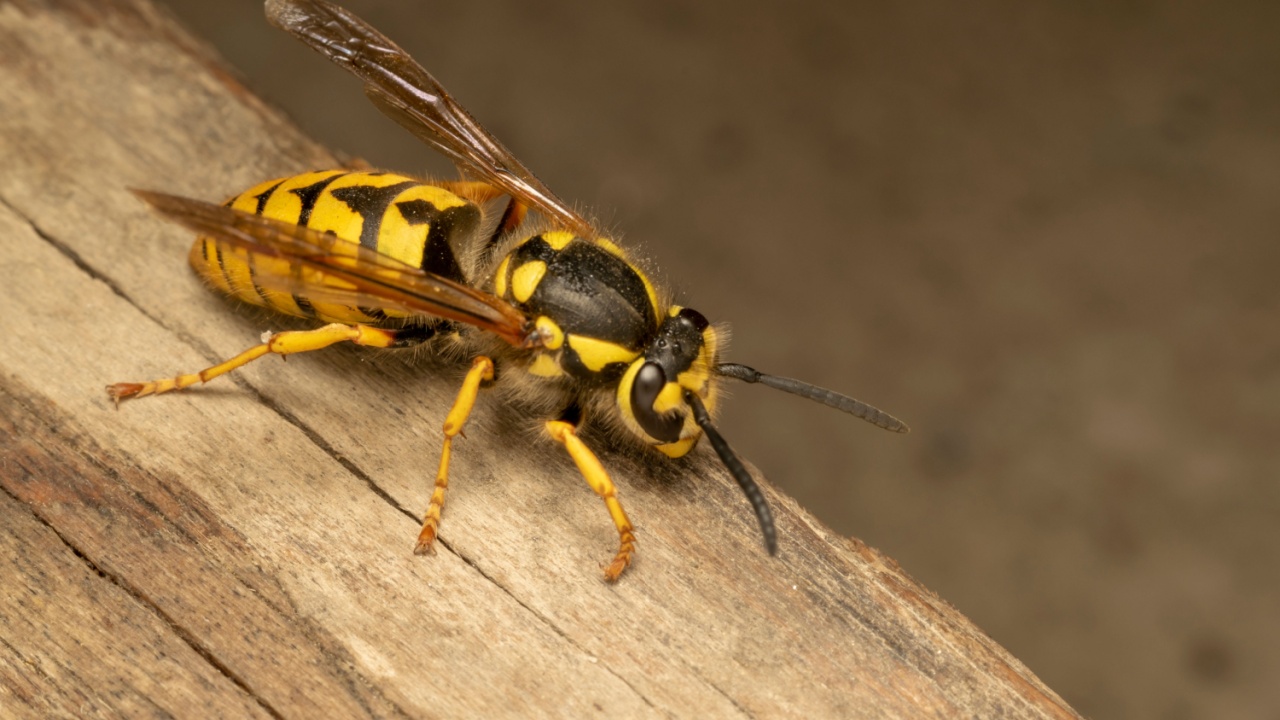
Many wasp species are predators that hunt other insects. They play a crucial role in controlling populations of pest insects in gardens and agricultural areas. Some farmers even use wasps as a form of biological pest control, reducing the need for chemical pesticides.
Becky is a fervent wildlife enthusiast and pet care expert with a diploma in canine nutrition. Her love for animals stretches beyond the domestic, embracing the wild tapestry of global fauna. With over a decade of experience in animal welfare, Becky lends her expertise to OutlandishOwl through insightful articles, captivating wildlife information, and invaluable guidance on pet nutrition. Her work embodies a deep commitment to understanding the intricate lives of animals and a passion for educating others on sustaining natural habitats. Becky's hands-on conservation efforts and her knack for translating complex dietary science into practical pet feeding tips make her an indispensable voice for creatures great and small.

